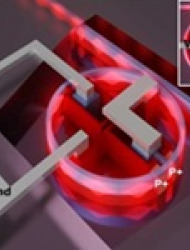Quantum Information, Simulation and Sensing

-
Studying fundamental quantum physics and quantum information science
-
Using them as building blocks for quantum computing and quantum simulation of many-body systems
-
Devising novel, sensitive nanoscale sensors












